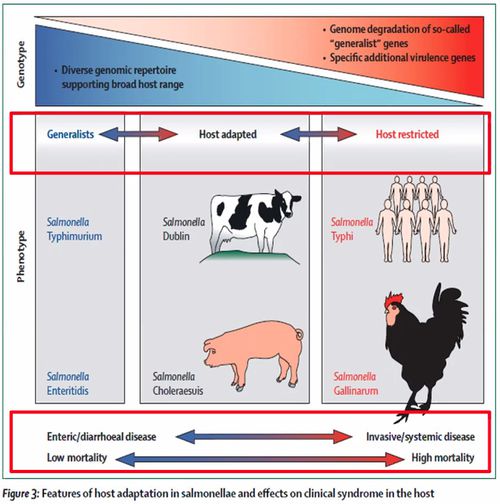Salmonellosis
ナビゲーションに移動
検索に移動
| Navigation Menu |
| General issues of Vaccine | |||||||
|---|---|---|---|---|---|---|---|
|
| General issues of Travel med. | ||||||||
|---|---|---|---|---|---|---|---|---|
|
| Immunology | |||||||
|---|---|---|---|---|---|---|---|
|
| Epi & Stats | ||||||||||||
|---|---|---|---|---|---|---|---|---|---|---|---|---|
|
| Virus | |||||||||||||||||||
|---|---|---|---|---|---|---|---|---|---|---|---|---|---|---|---|---|---|---|---|
|
| COVID-19 | |||||
|---|---|---|---|---|---|
|
| Bacteria | ||||||||||||||||||||||
|---|---|---|---|---|---|---|---|---|---|---|---|---|---|---|---|---|---|---|---|---|---|---|
|
| Rickettsia | |||||
|---|---|---|---|---|---|
|
| Protozoa | ||||||||||||||||
|---|---|---|---|---|---|---|---|---|---|---|---|---|---|---|---|---|
|
| Fungi | |||||||
|---|---|---|---|---|---|---|---|
|
| Nematode (roundworm) | |||||||||||||||||
|---|---|---|---|---|---|---|---|---|---|---|---|---|---|---|---|---|---|
|
| Trematode (fluke, distoma) | |||||||
|---|---|---|---|---|---|---|---|
|
| Cestode (tapeworm) | ||||||
|---|---|---|---|---|---|---|
|
| Medical Zoology | ||||||||
|---|---|---|---|---|---|---|---|---|
|
※non-typhoidal salmonellosis
pathogens
- normal habitat of many serotypes in gut of wide range of animals including cold-blooded vertebrates
- most infection food-borne
- meat, egg, process food (chocolate, peanut butter)
- increasing by centralization and industrialization
epidemiology
- UK
- mean 40 y/o
- 24% > 65 y/o
- 34 serovars
- 10% bacteremia
- antimicrobial resistance of non-typhoid salmonellosis
- serovar Typhimurium and Enteritidis are common
HIV
- high risk of bacteremia of non-typhoid salmonella in HIV
clinical pictures
- diarrhea
- bacteremia occasionally
- predominant in younger children and elderly
diagnosis
treatment
- Cochrane review 2000 concluded that no evidence of clinical benefit of antibiotic treatment of non-typhoid salmonellosis was shown
